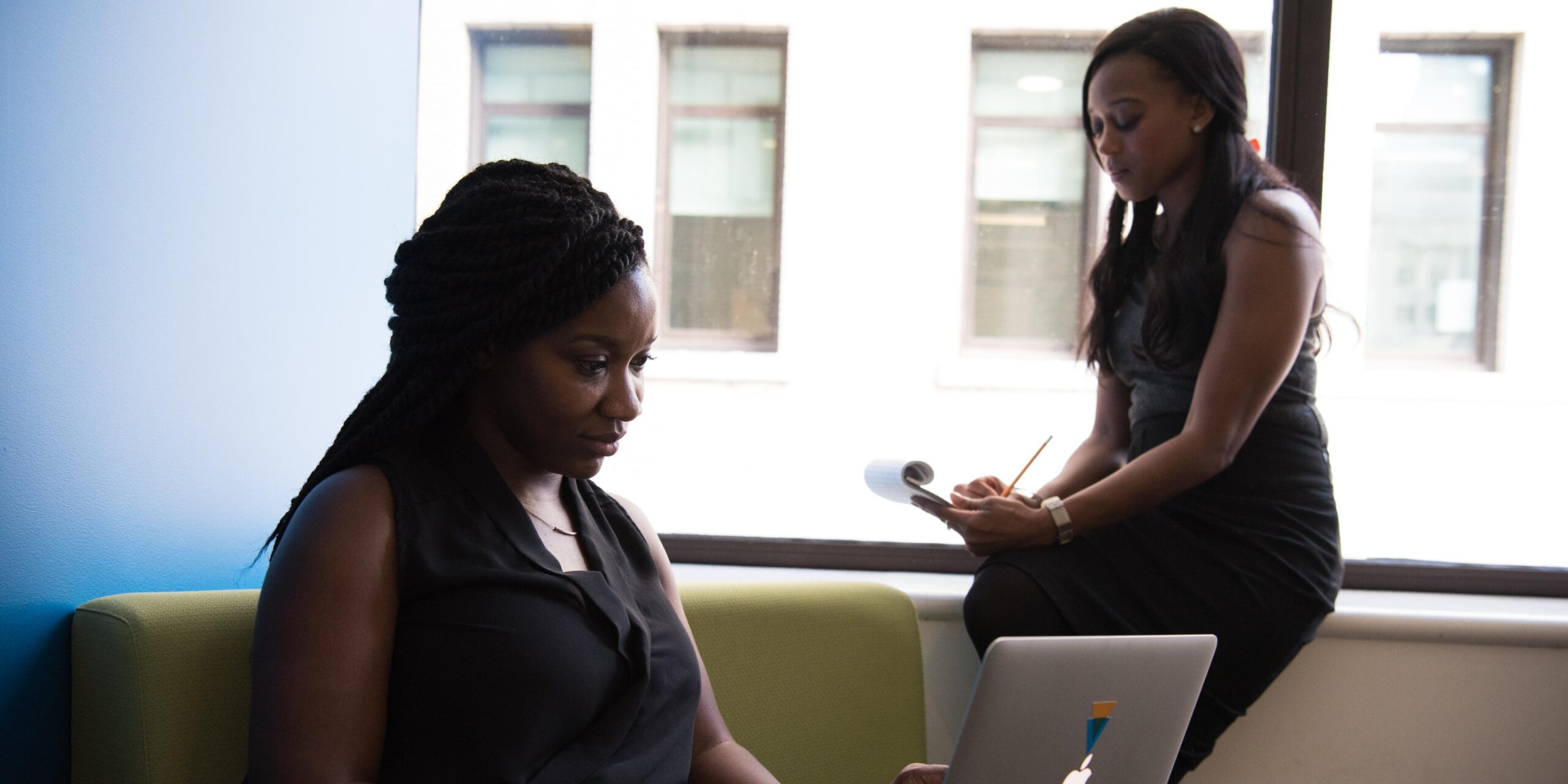In the midst of the pandemic, women have found new opportunities online, writes Mercy Mangwana

The COVID-19 pandemic has accelerated the uptake of digital tools and services and scaled up the global transition towards a digital economy. The Economist reckons that the usage of mobile internet grew faster in the first quarter of 2020, as citizens, governments and businesses took to virtual interactions, in light of the pandemic itself and the lockdowns that followed to contain it.
As businesses adapted to contain the spread of COVID-19, by keeping up normal operations with minimal physical contact, media was not left behind. Journalism, which has always been a collaborative profession, was forced to adapt and turn news production into a primarily remote process.
Jamaine Krige, an independent journalist from Johannesburg, South Africa, was not new to working remotely, but she told AWiM News that the changes in how most journalists work opened up access to publications and clients that would not have been on her radar before.
“We have always used technology to get the job done, whether that technology was an old-school film camera or a handheld recorder. Today, technology has bridged big gaps, allowing journalists to work across borders,” she said.
Finding diverse opportunities
Jamaine follows hashtags like #CallForPitches, and subscribes to newsletters and email lists that send out weekly calls for pitches. This has made her better at securing commissions. Jamaine also noted that journalist skills are transferrable across other disciplines.
“During these difficult times, I have found myself branching out and diversifying my income by taking the skills I use in journalism and applying them to other contexts. I have dabbled in translation, transcription, copy editing and proofreading, as well as training, writing marketing material, photography and scriptwriting. I’ve done some talks and shifted my focus to include non-news writing,” she said.
This has opened up new avenues of income, something that would have been difficult to do before COVID-19, between chasing the story, travelling to gather stories, meetings and commuting.
For Oyindamola Adegboye, a media practitioner from Nigeria, who led the Internet for Good Africa (I4GAfrica) Project, the new way of doing things – remotely – couldn’t have come at a better time. She juggled the project together with her full-time job, thanks to remote collaboration. The collaborative training project to influence positive media narratives around internet use in Africa drew journalists from Ghana, Cameroon and Zimbabwe
“While it was quite challenging to coordinate a team of people who had never met, it was illuminating to discover that everything we initially thought should be done in person, could be done remotely,” she said.
The team used Slack, WhatsApp, Google Docs and emails for communication, collaborative working and task management. They used Zoom to host meetings and the main event, Canva for design and social media for advocacy. These tools, said Oyindamola, complement each other. Some might be more suitable for certain situations than others. Oyindamola did not have to take days off her full-time job to handle the I4GAfrica project since she was working from home, all she needed to do was manage her time wisely, and put in the extra hours.
![]()
![]()
Dream for mothers
Girlie Sibanda, the coordinator of the Isu Elihle African Awards on Children’s Reporting, also leaned on remote collaboration for last year’s awards. From her base in Johannesburg, she reached participants from all over the continent, and engaged finalists from Zimbabwe, Nigeria, Lesotho and South Africa remotely. The award ceremony was also held virtually. She also noticed that the entries more than doubled, from 54 in 2019 to 114 in 2020. This sharp rise could be attributed to the increased reliance on the digital space for opportunities by journalists.
“We saw more women wanting to report on children’s issues,” said Girlie, adding that with remote work becoming mainstream, women can use digital tools and platforms for collaboration.
“WhatsApp and Zoom are easily accessible to everyone with a smartphone. They can be used to amplify the voices of the most vulnerable members of society, such as women and children, during the pandemic,” she added.
Sibanda who is a mother to a toddler added that remote working has not only made it easier to access and seize opportunities, it has also made it easier to juggle motherhood with work. Sibanda said that even though it is quite distracting and sometimes overwhelming to work from home, it has helped her spend more time with her daughter. Before the pandemic, she would spend the better part of the day at the office, leaving her with little time for her child.
Work-from-home challenges
For Kathryn Cleary, the overall winner of the Isu Elihle Award in 2020, working primarily in the digital space helped her find the call for entries for the award, which she won following extensive reporting on child health and hunger since December 2019. However, she said the pandemic forced her to learn to work in a way that she found quite unnatural for a journalist, and it has been very lonely.
“I am accustomed to face-to-face interviews and observation and when that was taken away because of COVID-19, I became dependent on email engagements, phone interviews or Zoom calls. It made creative storytelling challenging, and boring at times,” she said.
She added that while the digital space is offering incredible opportunities for women journalists and minimising the risks they face when they do field reporting, it has added to the abuse of women, journalists included, online at home. A global survey by UNESCO posits that at least 7 of 10 women journalists face online violence. Online attacks on women journalists have exponentially increased during the coronavirus pandemic, mainly because everything now happens online.
Vanessa Gonye, who reports for the Newsday in Harare, Zimbabwe said that the sudden shift to remote work when a total lockdown was announced last March took some getting used to, but she caught on and worked effectively from home. With technology, she could also collaborate with colleagues from other towns. Before the lockdown collaboration had been difficult because it required more resources and time.
“It involved long calls, and sometimes travel and some of the colleagues did not have access to stable internet or to online collaboration tools. However, the pandemic forced them to adapt, because the possibility for having in-person meetings was zero,” she said.
Saving time
Vanessa pointed out that remote working meant tremendously cutting on commuting time.
“Before the pandemic, I would spend two hours travelling to work and more time travelling to assignments and do interviews. Now, most people are working from home so I do not have to travel to interview them. I set up phone calls, and Zoom interviews which save time,” she said.
She added that she has channelled her extra time to personal development by taking virtual training on online saf
ety and investigative journalism as well as freelancing. Before the pandemic, between chasing deadlines, press conferences and extensive travelling to gather news, Vanessa had less time for personal development and freelancing, but now remote working has made her more productive. The new ‘normal ‘presents women journalists with a lot of possibilities. With podcasts, blogs, YouTube channels and online media platforms getting popular and oversubscribed, many are leveraging them to their advantage. There is also an opportunity to further studies given that most universities now offer a host of affordable online courses, and with the extra time gleaned from not travelling one can enrol for a course or two.
Tools that journalists use to work collaboratively
Tools like WhatsApp, Google Docs, Zoom, Google Meet, WeTransfer and Slack have made it easier to work collaboratively from wherever they are. Below, we look into some tools and how they can make your work as a journalist easier.
Communication, Input and task management
Communication is key for successful collaboration. Collaborators need to agree on modes and frequency of communication, and use a platform where assigned roles and responsibilities, and the progress of the person responsible can be tracked.
Slack, Asana, Teamwork Projects and Trello help you communicate and collaborate all within one simple app. These apps allow teams to collaborate both in groups and one-on-one, sharing tips, files and more. Communication in Slack happens in channels, which can be organised by story, topic or team. Trello is a free and easy way to visually manage projects and deadlines through the creation of boards, lists and cards. Asana breaks down the project into manageable, actionable subtasks. Teamwork Projects is a paid platform, with a free trial, that can monitor what’s happening with all of your projects to make sure deadlines are met on time.
Zoom is currently the most popular free video-conferencing application with subscription versions to unlock more features. It lets you schedule, host and collaborate on the meetings that need more than just an email conversation. Zoom is also useful for interviews.
Other conferencing apps include Google Meet, Skype and Facebook Rooms
Documenting, content creation/editing/review/preview
There are apps that make it easier to get your team’s input and reviews faster than a chain of emails.
Google Docs enables real-time collaboration. It is cloud-based and free to use, making it easy to work with other writers on the same document. Access your work on-the-go via Google Docs mobile app. It also features an auto-save tool. You can assign tasks to your team on this one too!
Google Drive Allows collaborators to share documents, presentations, spreadsheets and more. Sharing files allows team members to edit together in real time. It is a cloud platform that allows your team to make live edits, add comments and review work from anywhere with ease. Free accounts include up to 15GB of storage.
Dropbox is a file-sharing platform. When someone saves a file to Dropbox, it will automatically save to all linked gadgets as well as to the Dropbox website. It has up to two gigabytes (2GB) of free storage, and an option to get up to 100GB with a subscription.
WeTransfer is another file-sharing platform. You can share large files of up to 2GB for free. While it is fast and efficient, files bigger than 2GB can only be shared using the paid version of the app.
Canva is free graphic design tool with templates to create logos social media graphics, presentations, posters, documents and other visual content. A subscription is needed to unlock the collaborative design features that allow up to four team members, and to access premium templates and features.
Journo Portfolio and Muckrack let journalists, writers, copywriters and freelancers create a digital portfolio. The paid versions allow you to unlock more functions.
Trint is a transcription tool that converts audio and video files to text. It makes it easy to share transcripts with others: one can send a copy, create a public link or embed a video with the Trint Player.
Dissemination and assert management
There are now more ways to engage with audiences than ever, thanks to social media. Various social media platforms allow for sample dissemination, content management and social listening.
Hoot Suite is a social media content management tool for various platforms including Twitter, Facebook, LinkedIn, Foursquare, Google+ and Tumblr. From the HootSuite dashboard, team members can listen to, engage in and measure social media activity.
Sound Cloud hosts original audio clips in a visual, shareable player, where collaborators can input timed comments for feedback. Here one can also host their podcasts and share.
This is an opportunity for Africa to speed up digital workflows. African women journalists have to take up the opportunity and keep journalism engaging and alive. There are many innovative tech tools that they can use to easily work together.



